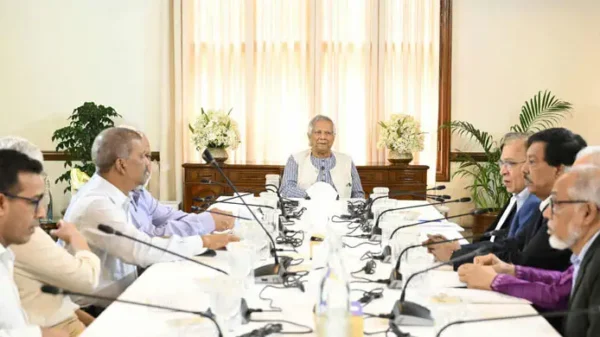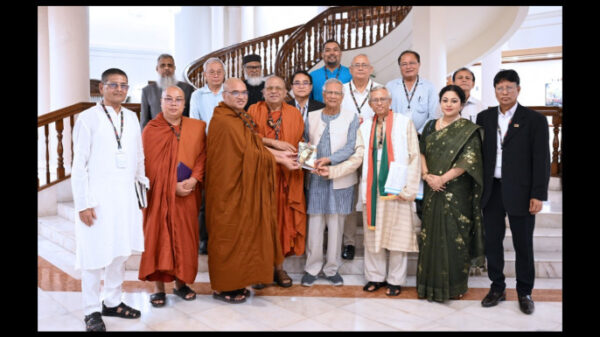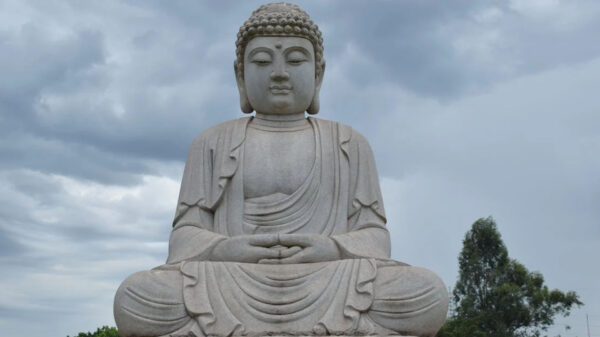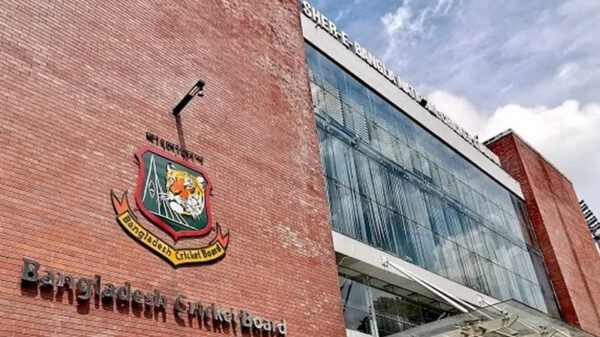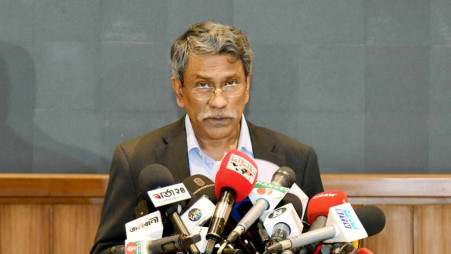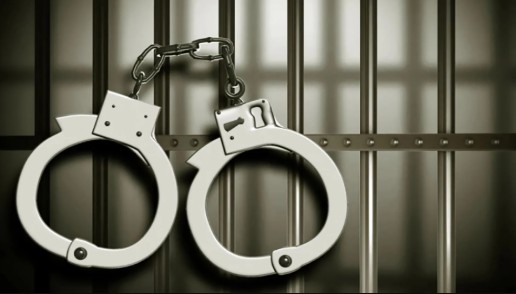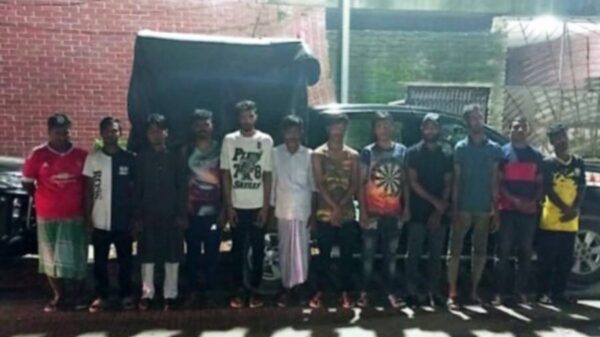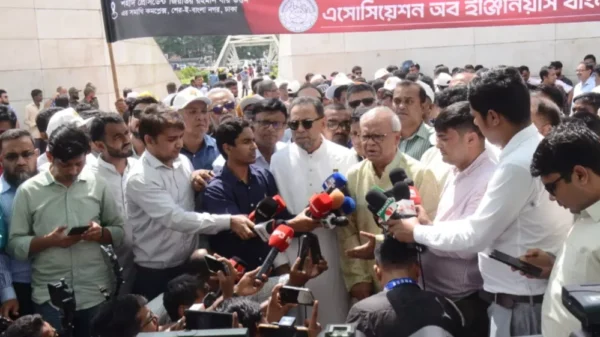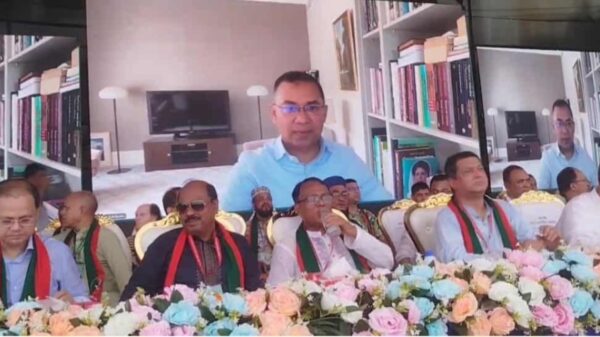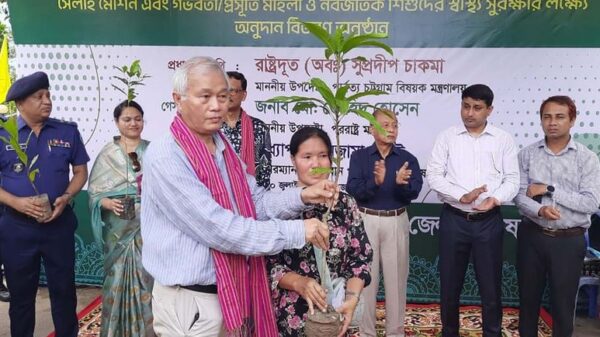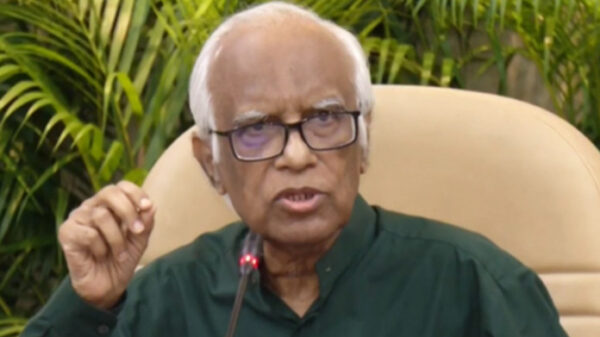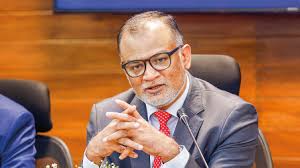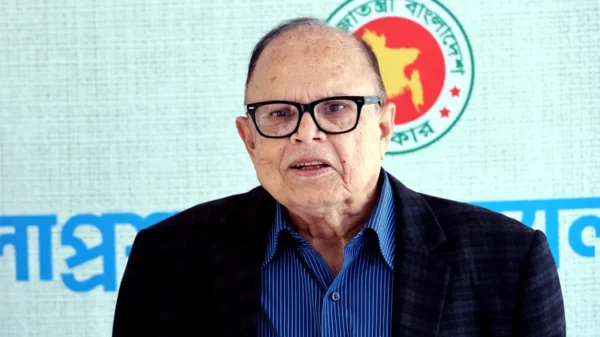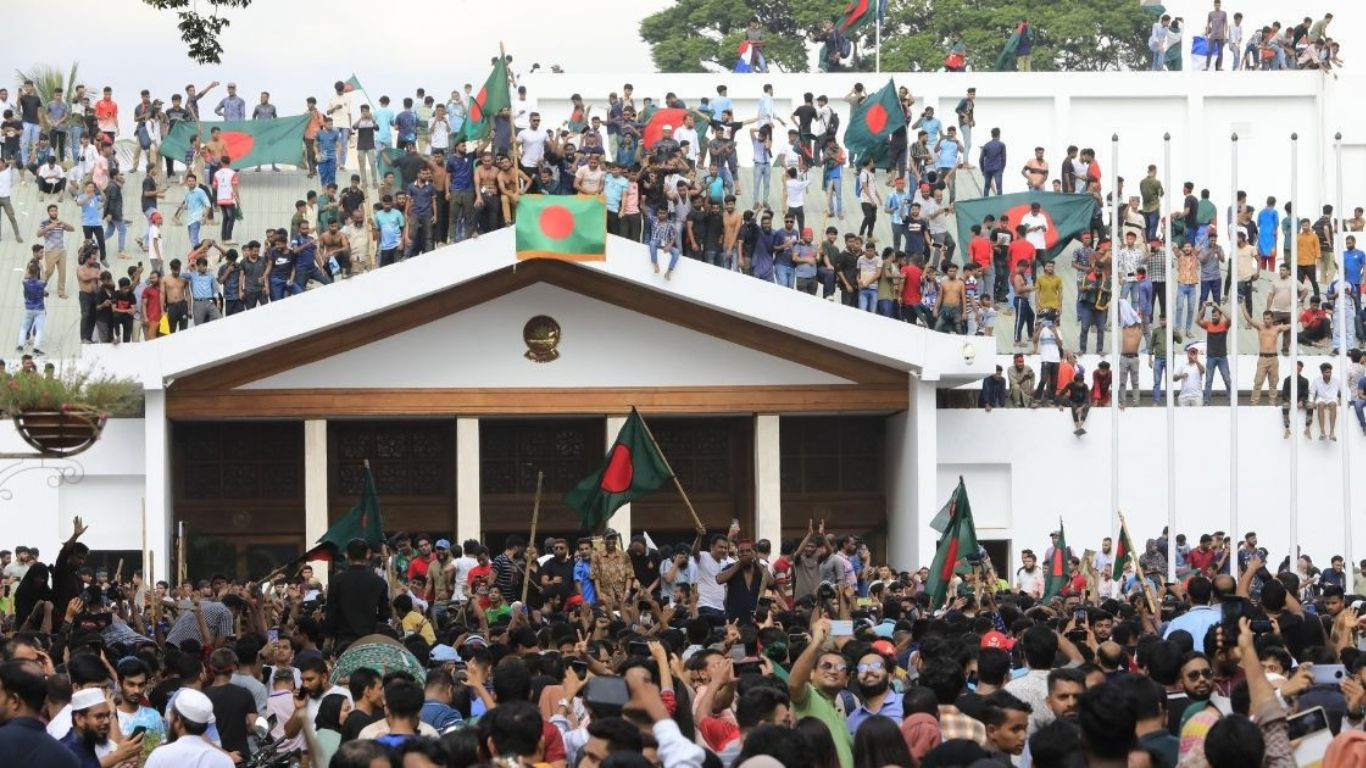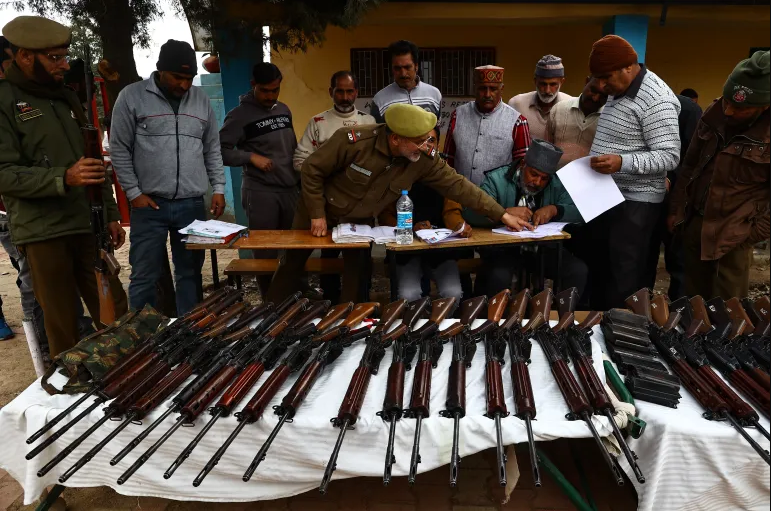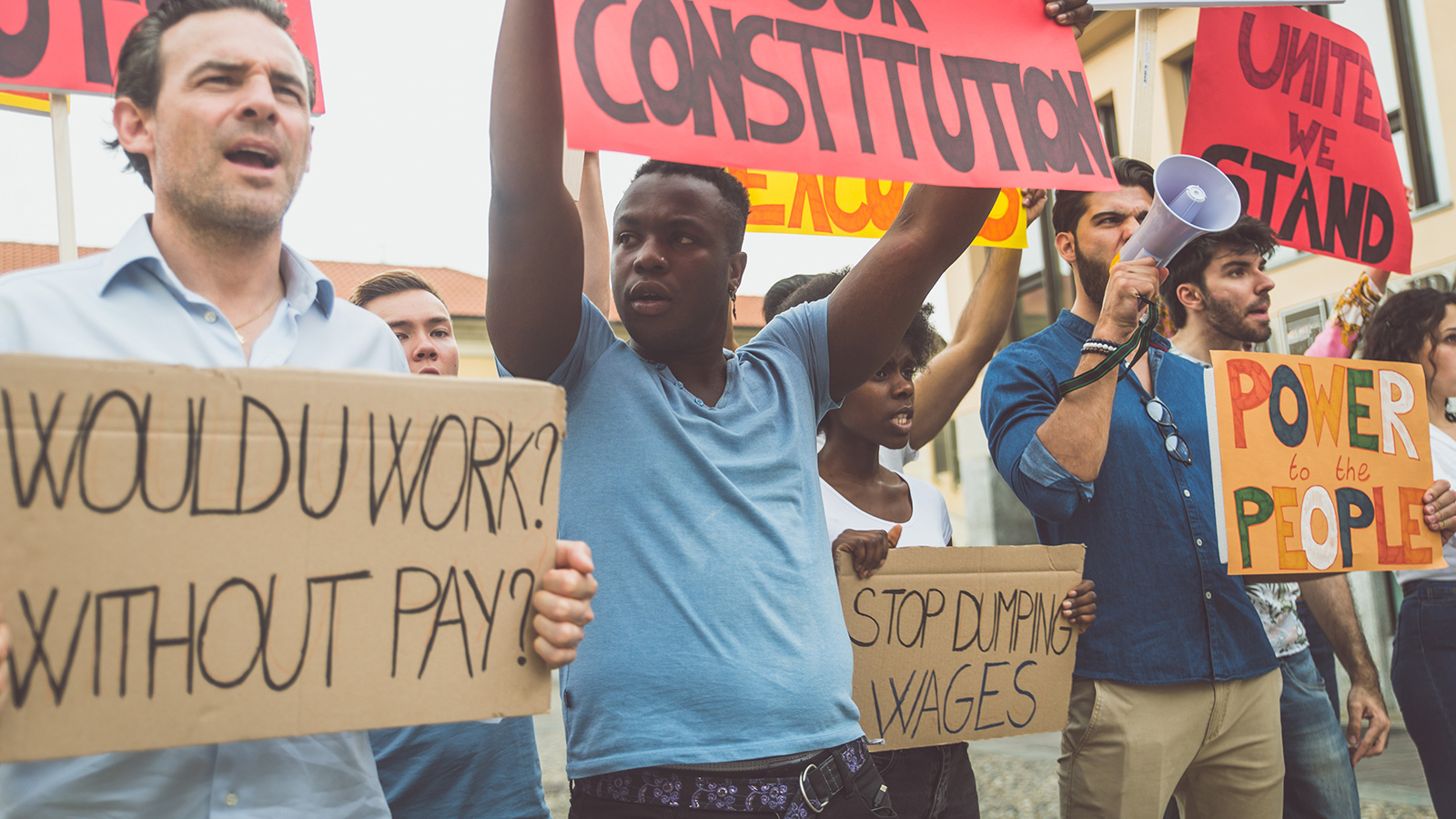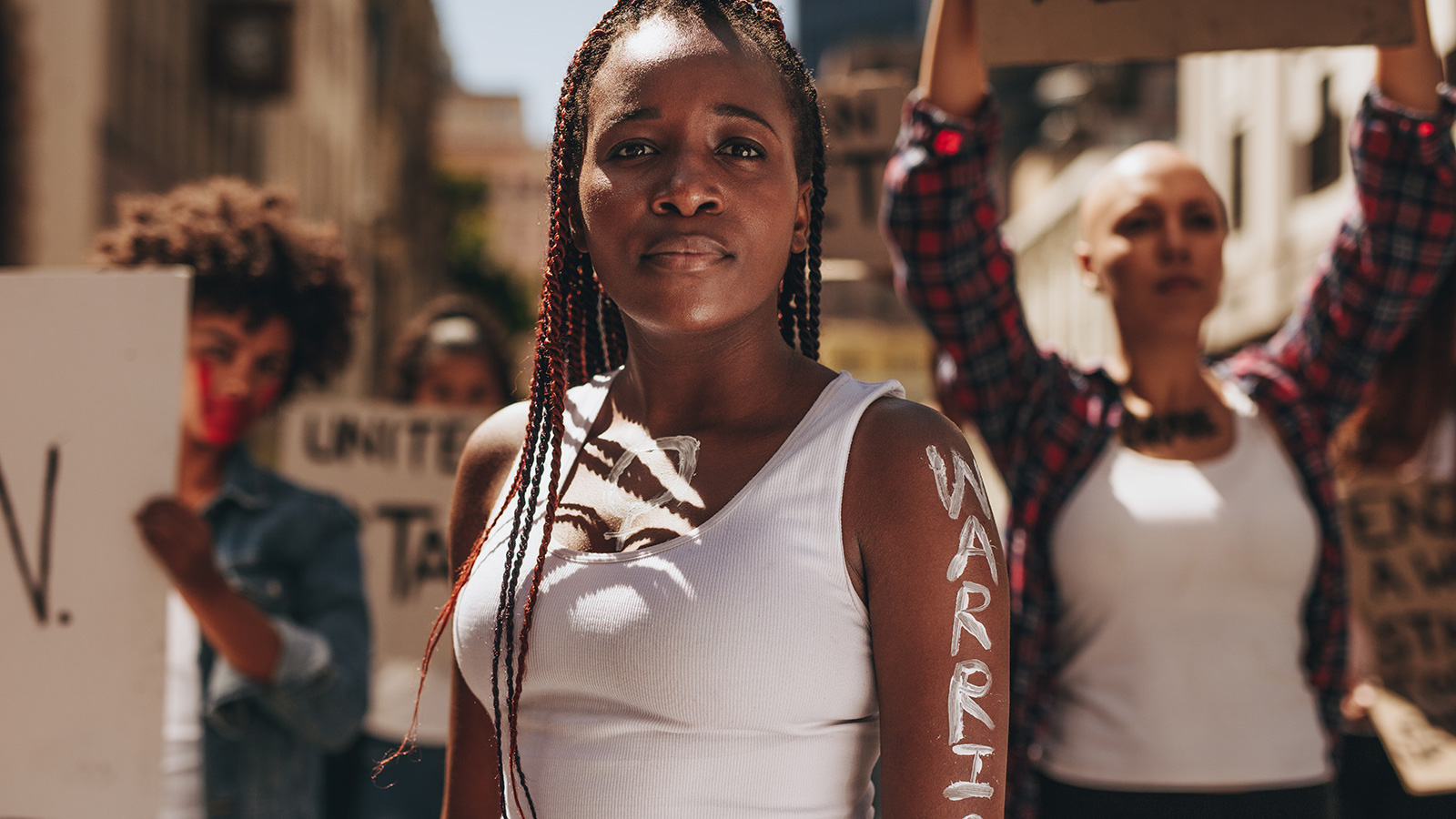Staff Reporter:
On this day last year, an unthinkable moment unfolded in the heart of Bangladesh. A group long dismissed as politically indifferent – often detached from national concerns and seen as passive – rose up when no one expected them to.
As public university halls were shut and students began returning home, many feared the movement would fade into silence. But just then, the students of private universities pierced through the looming uncertainty and breathed new life into the resistance.
From that very moment, their unified voices began to shake the foundations of an entrenched and powerful authoritarian regime.
After witnessing the brutality of 15, 16, and 17 July, private university students across the country recognised that silence was no longer an option.
Even though the quota reform movement offered them little direct benefit, they chose to protest against injustice, raise their voices for what they believed to be right, and show solidarity with fellow students – just as they had done during the 2018 quota reform and road safety movements, defying widespread assumptions about them.
On 18 July, they called for mass gatherings at Rampura Bridge, Nodda, Uttara, and other key locations across the capital.
Unaccustomed to the traditional forms of protest in the country, they were somewhat unprepared for the unprovoked violence from law enforcement and ruling party loyalists. Yet their resolve and unwillingness to back down presented a serious challenge to pro-government forces, who were soon caught off guard.
Initially hesitant, the state forces and Awami League-aligned student wings soon revealed their true colours, showing no restraint towards students often labelled as members of the “privileged” class.
They resorted to using lethal weapons and brutal tactics to suppress private university students – mirroring the same harsh methods previously used on students from public institutions. As a result, hundreds of innocent students suffered gunshot wounds.
Many were threatened, savagely beaten, chased down, and arrested in sweeping police operations.
Students from North South University (NSU), Independent University, Bangladesh (IUB), American International University-Bangladesh (AIUB), United International University (UIU), and others blocked Pragati Sarani. With powerful chants, they brought the entire stretch from there to Kuril under their control.
“We didn’t join the quota movement initially. We took to the streets when our brothers and sisters were attacked,” said Nazmus Sakib, a student at IUB, reflecting on the uprising that swept through Dhaka.
“The killing of Abu Sayeed in Rangpur shook me. The violence in Rampura made me leave home and join the protest. This was no longer just about quotas – it became a protest to end Sheikh Hasina’s authoritarian rule,” he added.
Monnujan Khan, a law student at NSU, said: “When the government shut down public universities on 18 July and forced students out of their halls, people feared the movement would collapse. But that’s when we rose, injecting new strength and energy into it.”
Among the many protest sites, Rampura Bridge became a stronghold – comparable to a modern-day Stalingrad for this movement. Students from East West University, BRAC University, Canadian University of Bangladesh, and even local colleges and madrasas joined forces to form a human fortress.
Their courage and commitment even compelled university administrations to step forward in support – opening medical centres for the injured and providing legal aid to secure bail for arrested students.
Sadik Al Arman, a coordinator of the Anti-Discrimination Student Movement (ADSM) at East West University, said, “When we were attacked, arrested, and surrounded, our university authorities and everyday people stood firmly by our side.”
Rampura stood out for another reason – university faculty members, as well as third- and fourth-grade staff, spontaneously joined students in solidarity.
Hasibul Jisan, a BRAC University student injured during the protests, shared: “If the teachers and staff hadn’t been there that day, I wouldn’t have received immediate first aid. I could’ve lost my eyesight forever.”
Meanwhile, in Uttara, students from the International University of Business Agriculture and Technology (IUBAT), Southeast University, Uttara University, Northern University, World University of Bangladesh, and others formed continuous blockades, protesting against the killings.
Nuruzzaman Farabi, Senior Assistant Director at Uttara University, said: “We helped the injured quietly. Ambulances were hired, and identifying stickers were removed to evade police detection.”
He confirmed that around 50 students were injured, five of them critically. The university covered all their medical expenses.
The people of Uttara also stepped up – offering shelter, food, transport, and medical aid to protestors. Some even personally drove wounded students to hospitals.
Md Monirul Islam, a local businessman, joined the demonstration in front of Uttara’s BNS Centre to support his daughter, Munia Islam Srabon, an NSU student.
“At first, we tried to keep her at home,” he said. “But when we realised she was determined to go out, we decided to join her. We couldn’t stay behind while our daughter was out on the streets.”
According to various media outlets, between 17 and 19 private university students lost their lives, and countless others were injured or permanently disabled – giving the July Uprising a profound and lasting significance.
Until 17 July, the ADSM remained a student-led movement. Its trajectory changed the moment private university students joined.
They didn’t come alone – they brought friends, families, and communities, creating a sense of completeness and inclusiveness. When their university authorities stood beside them, they transformed into a powerful collective force.
This wave of solidarity sparked a humanitarian fire that inspired ordinary citizens to rise and join the cause.



